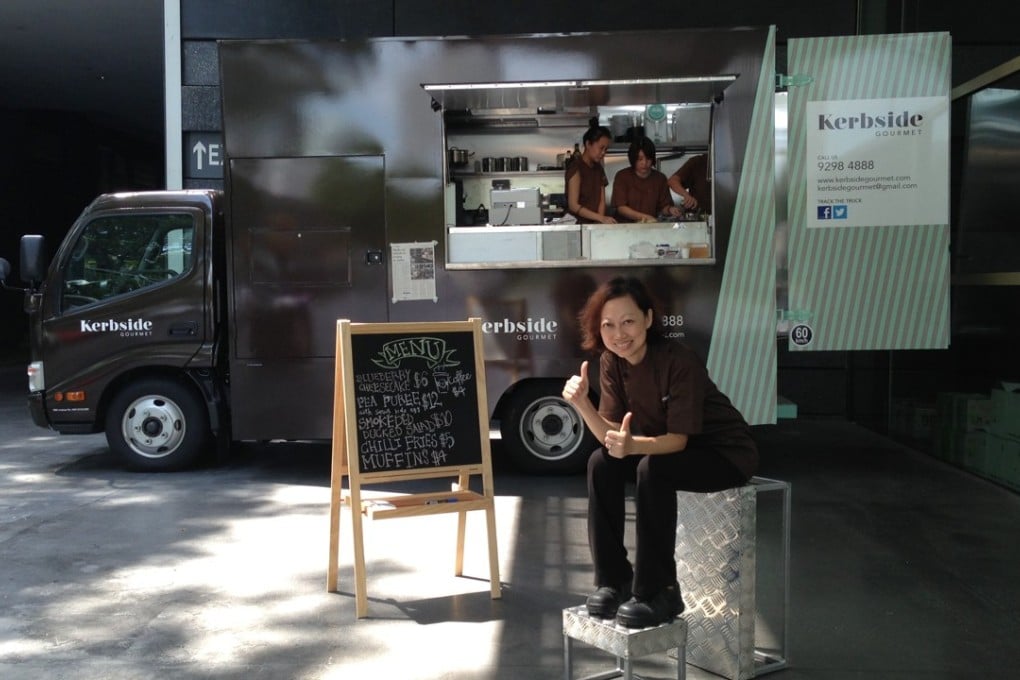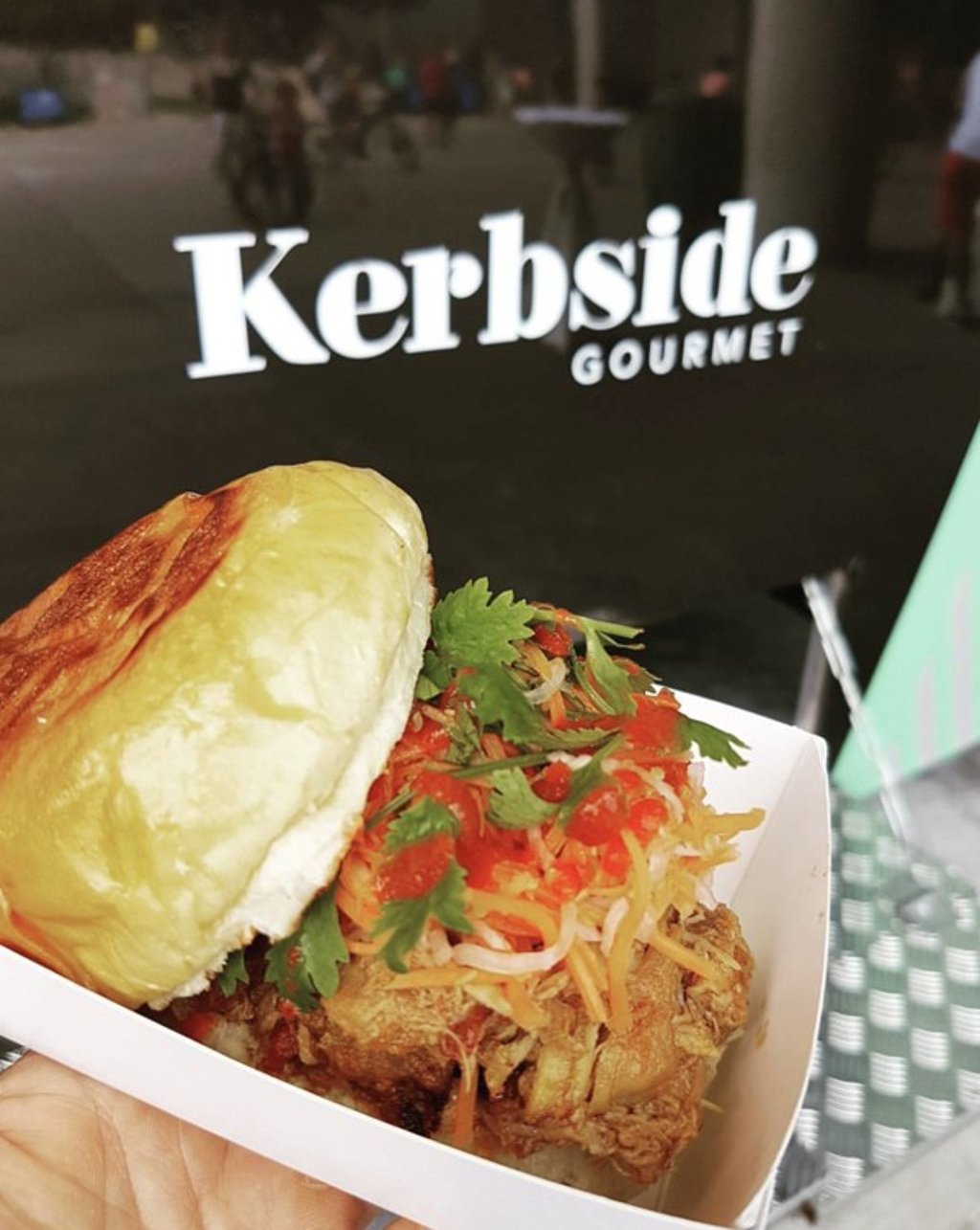What’s driving the rise of the Asian food truck industry?
Taking the lead from their US counterparts, the truckers of Singapore, Japan and South Korea are taking a middle road between high-end restaurants and cheap street vendors

America exported hot dogs and burgers, now US-style food trucks are wheeling into Asia with their own modern take on traditional fast food.
Learning from the original US mobile food vans, Asian “truckers” are offering gourmet food, at prices far below those of high-end restaurants and just a few dollars more than street vendors.
In Japan and South Korea, there’s a food truck offering every kind of cuisine from tacos to tofu. Southeast Asian authorities are slowly cottoning onto the idea that this is how Millennials, and even their elders, want to consume their meals.
Luan Ee is the founder of Kerbside Gourmet, a Toyota Hino hybrid truck which hit the streets of Singapore in 2013 “to cater to the discerning individuals who seek an alternative, sublime dining experience,” according to its website.
Ee explains: “I was 20 years in the corporate world, I didn’t want to live like that any more, I wanted to create something different. I spoke to people in the US about food trucks, real experts who passed on their knowledge, and I thought: “Why not?”

“We wanted to raise the quality of street food, they’re all traditional and yummy, in terms of nutrition, but they’re 99 per cent carbohydrates, we wanted people to get more nutrients on a daily basis.
